Hong Kong, un modèle accidentel de ville compacte (Fr/Eng)
Hong Kong est une ville fascinante pour beaucoup d’architectes, urbanistes et théoriciens qui y voient un exemple de fonctionnements et d’expérimentations urbains. Hong Kong est souvent associée à un laboratoire où théoriciens post-analysent son processus de métropolisation. L’intensité et l’efficacité de l’occupation de l’espace urbain correspondent au concept de la « ville compacte » (1) et incarnent les principales orientations pensées pour le futur des villes occidentales. Dans un contexte actuel de « crise », les urbanistes optent pour des solutions optimisant la consommation d’espace et d’énergie. La ville compacte connue pour être plus performante en terme de rentabilité économique et écologique redevient un modèle d’urbanisation.
La densité bâtie et démographique ainsi que la concentration des réseaux techniques et de circulations présents à Hong Kong illustrent involontairement le concept de ville compacte. Hong Kong est née sans grande théorie urbanistique, seul le pragmatisme a guidé sa construction et son évolution. La signature stylistique de la ville est surtout issue de la conjugaison de paramètres économiques et géographiques. À l’origine les rives n’étaient pas très larges et la majeure partie de l’île ce résumait à des pentes abruptes et une végétation ultra-dense. Premièrement, Hong Kong était une place stratégique pour le commerce de l’Empire Britannique. Du fait de la profondeur du canal de la péninsule et de la possibilité de connexion avec la Chine continentale, les Britanniques ont installé le port au nord de l’île. Puis, la ville comprimée entre la montagne et l’avancé sur la mer s’est développé linéairement d’Est en Ouest. Les routes principales sont majoritairement parallèles à la mer et ont paramétré la structure de la ville.
Le tissu urbain détermine la trame dans laquelle le bâti se construit et se reconstruit sans cesse. Cette flexibilité de construction suit les logiques de profit économique et tous les bâtiments anciens sont peu à peu remplacés par des tours de plus en plus hautes. Hong Kong, contraint dans un périmètre constructible strictement délimitée (entre la mer et la montagne) ne peut s’étendre que verticalement. Cette contrainte a forgé son apparence. Aux côtes ultra-urbanisées se juxtapose une nature dense et impénétrable. La verticalité n’est pas un phénomène cantonné à un quartier spécifique, mais une caractéristique de l’ensemble du territoire constructible. C’est cela qui rend Hong Kong unique.
À la compacité et l’ultra-densité s’ajoute un caractère tridimensionnel de la ville. Les voiries se superposent et les usages s’additionnent. Lorsque vous êtes à Hong Kong, vous ne pouvez pas comprendre l’espace seulement horizontalement, vous devez l’appréhender également dans sa verticalité. Les façades des bâtiments ne coïncident pas nécessairement avec les activités qu’elles abritent. Figurez-vous un bâtiment comme une rue ou un quartier, où vous pouvez trouver des boutiques, bureaux, hôtel, restaurants ou hébergements. Parfois, dans le même niveau se juxtapose un magasin de disques, un cabinet d’avocat ou une galerie d’art. Tout est rassemblé dans un bâtiment. En sous sol se trouvent le métro puis le socle est un shopping mall sur lequel se greffe une ou plusieurs tours. Le fait que tout soit condensé et bien relié, contribue à la puissance et l’efficacité de cette ville.
Dans un contexte de crise économique et de ravage écologique, la notion de ville compacte à tout son sens mais on peut s’interroger sur la pertinence d’un urbanisme de la performance. Malgré cela, Hong Kong s’avère une ville humaine voire sur-humaine comme si l’ultra-densité dynamisait le tissu socio-économique local. Au-delà de cet aspect de Hong Kong comme une ville performante à haute rentabilité, c’est la façon dont les personnes utilisent le territoire qui présente un fort intérêt. La forme de la ville est suffisamment souple pour pouvoir absorber les variations d’usages. La densité et l’espace privé très restreints obligent l’activité domestique à envahir l’espace urbain. La frontière entre espace commun et privé, domestique et public s’équilibre dans un chaos contrôlé. Toute partie d’un bâtiment peut changer de fonction à tout moment. Si l’aspect global de la trame urbaine ne change pas radicalement, des facettes de la ville sont perpétuellement transformées par micro-actions et événements ponctuels. Hong Kong incarne le concept urbanistique de «ville compacte» ainsi que le fantasme d’une ville construite par l’usage. Hong Kong autorise des appropriations chroniques de l’espace. C’est cet aspect imprévisible voire incontrôlable qui fascine et fait sa force.
Par Charlotte Lafont-Hugo, architecte installée à Hong Kong. http://la-chimie-pneumatique.
ENGLISH TEXT :
HONG KONG, AN ACCIDENTAL PIONEER OF COMPACT CITY
Hong Kong is one of the most fascinating places for architects and for theoretical and urbanplanners. This Special Administrative Region of China, (SAR), called Hong Kong, is divided
into two adjacent cities, both founded in 1842; Victoria on Hong Kong Island and Kowloon on
the mainland opposite, with a large harbour in between. The whole conurbation can be seen as a
laboratory for a high-density environment and its efficient use. Hong Kong as a “Compact City” (1)
is of real interest to contemporary analysts. Hong Kong’s organisation involuntarily illustrates an
urban theory. It “represents a condition that has been advocated by an increasing number of urbanist thinkers since the appearance of Jane Jacob’s classic text of 1961 ‘The Death and Life of Great American Cities’ which argued for high densities, mixed uses, mixed schedules of operation, and good connections in and between city neighbourhoods.” (2) The shape of Hong Kong’s urban areas was born with very little overall urban design concept.
It was and still is based on strictly pragmatic considerations, geographic constraints and economic
interests. From the beginning, the territory’s landbanks were not very large and the main island of
Hong Kong consists mostly of steep slopes covered with dense vegetation.Thanks to the deep channel separating the mainland peninsula (Kowloon) from the Island to the
South, and with easier access to mainland China in mind, the British established the main harbour
on the North side of the channel. Thus, due to the topography, the city of Victoria on Hong Kong
Island follows an East – West axis along its waterfont, whereas the city of Kowloon on the mainland
peninsula follows a North – South axis, the main harbour being along its West side,where previously
there were quaysides, low-rise workshops and merchant warehouses, now relocated elsewhere.The main needs of the two cities are thus mostly parallel to the sea and immediately form part of
the city framework.This rigid urban grid creates the stability that encourages the flexibility of
construction and deconstruction of buildings while retaining the harmonisation of the city. Each old
building is replaced by a higher one, following the profit motive of Hong Kong. With the limited
exception of some marine reclamation, the expansion of Hong Kong is restrained laterally by the sea
and the mountains thus leaving the main option vertical, and restrained mainly by technological
limits at the time. From the beginning, this has designed the appearance of Hong Kong. This
verticality is not a centralised phenomenon for a specific neighbourhood, but a territory-wide
characteristic. That makes Hong Kong unique.Beyond the compact settlement and high density of this city lies the multi-level movement and
bustling activity that typifies Hong Kong life. When you are in Hong Kong you cannot comprehend
space only in a horizontal sense,- you have to think of it vertically too. Here, the facades of what
appear to be office buildings do not necessarily coincide with the activities within. Here you can
imagine the interior of a building as a street or a district where you can find all kinds of shops, offices
and even restaurant or hotel accommodation. Often, on the same level, you can find, for example, a
record shop next to a lawyer’s office or an art gallery next to your restaurant or hotel. You can find
everything, all mixed up together, without even having to cross a road. The fact that everything is
concentrated and well connected to cheap and efficient public transport makes this city powerful.“Hong Kong’s form and operation demonstrate the effective use of land for urban development and an efficient use of energy for moving people about the urban area.” (3)
Aside from the aspect of Hong Kong as an efficient physical element, it is the way people use it
that is of real interest. The shape of the city is free enough to accommodate various uses and needs.
Any part of a building can change function at any time. If the physical aspect of the urban grid can
not radically change, the parts that make up the city can be transformed by micro-events. Hong Kong
embodies the urban planner’s concept of the “Compact City” by fulfilling that otherwise elusive
quest for free appropriation of space.
(2) Extract from “The Making of Hong Kong,- From Vertical to Volumetric” by Barrie Sheldon, Justyna Karakiewicz, Thomas Kvan,
(3) Extract from “The Making of Hong Kong – from Vertical to Volumetric” Images
Artist unknown – Mei Foo, Kowloon, Hong Kong.
Artist unknown – Mei Foo, Kowloon, Hong Kong.
Map of Hong Kong 1915 and 2012
Map of Hong Kong, City Expansion, 2012.
The existing density of Hong Kong is related to the topography and to some previously colonial British laws that defined building areas and protected some others. This results in a juxtaposition of hyper-urbanised areas next to completely natural spaces.
Hong Kong, section,Victoria, Central District.
Hong Kong, Victoria Central District, 2012.Y






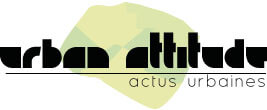
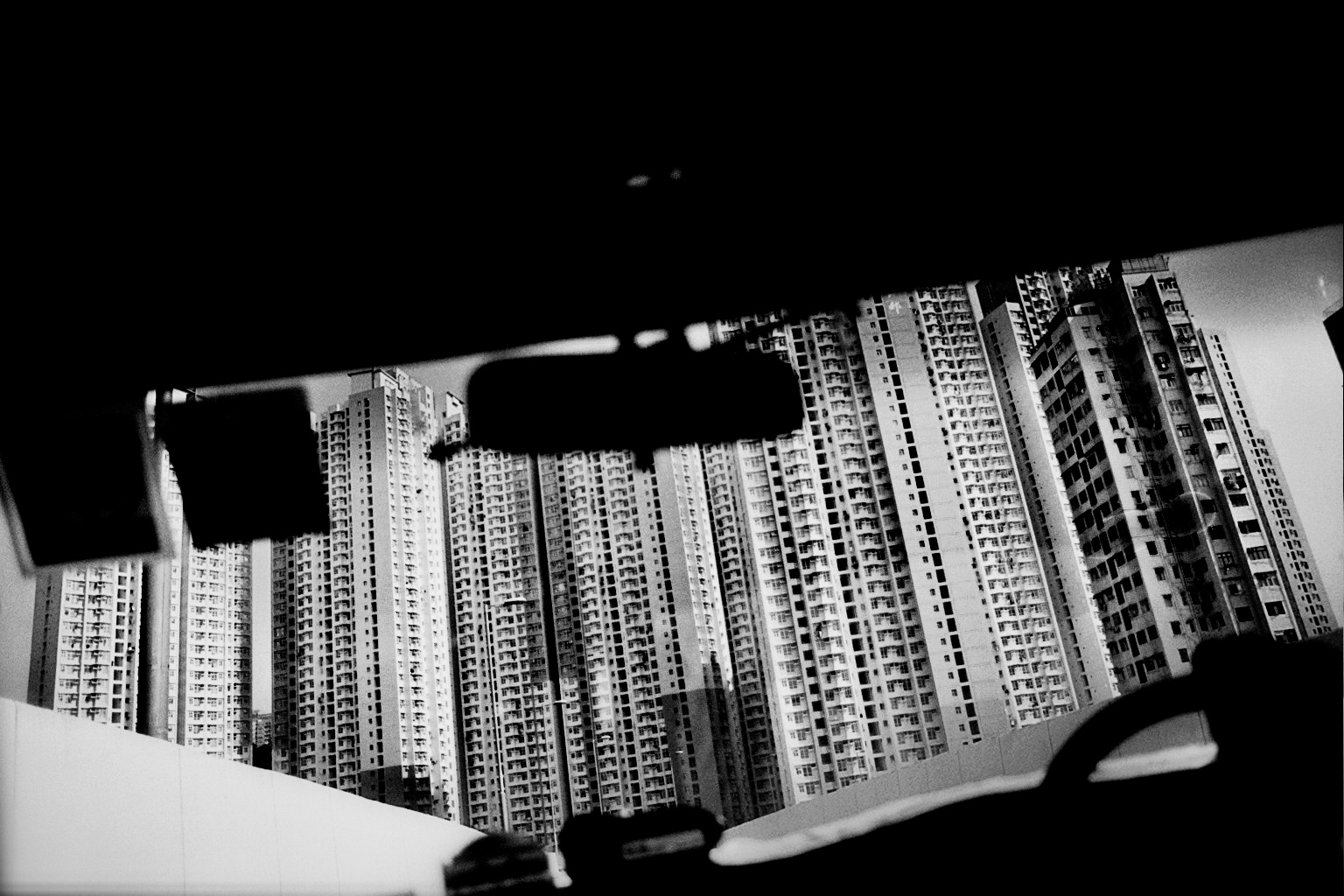

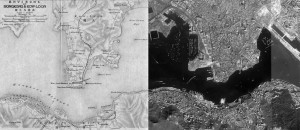
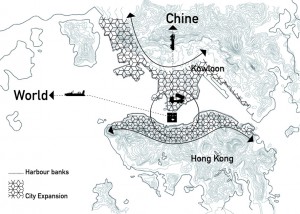
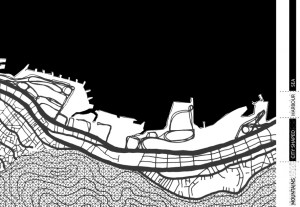
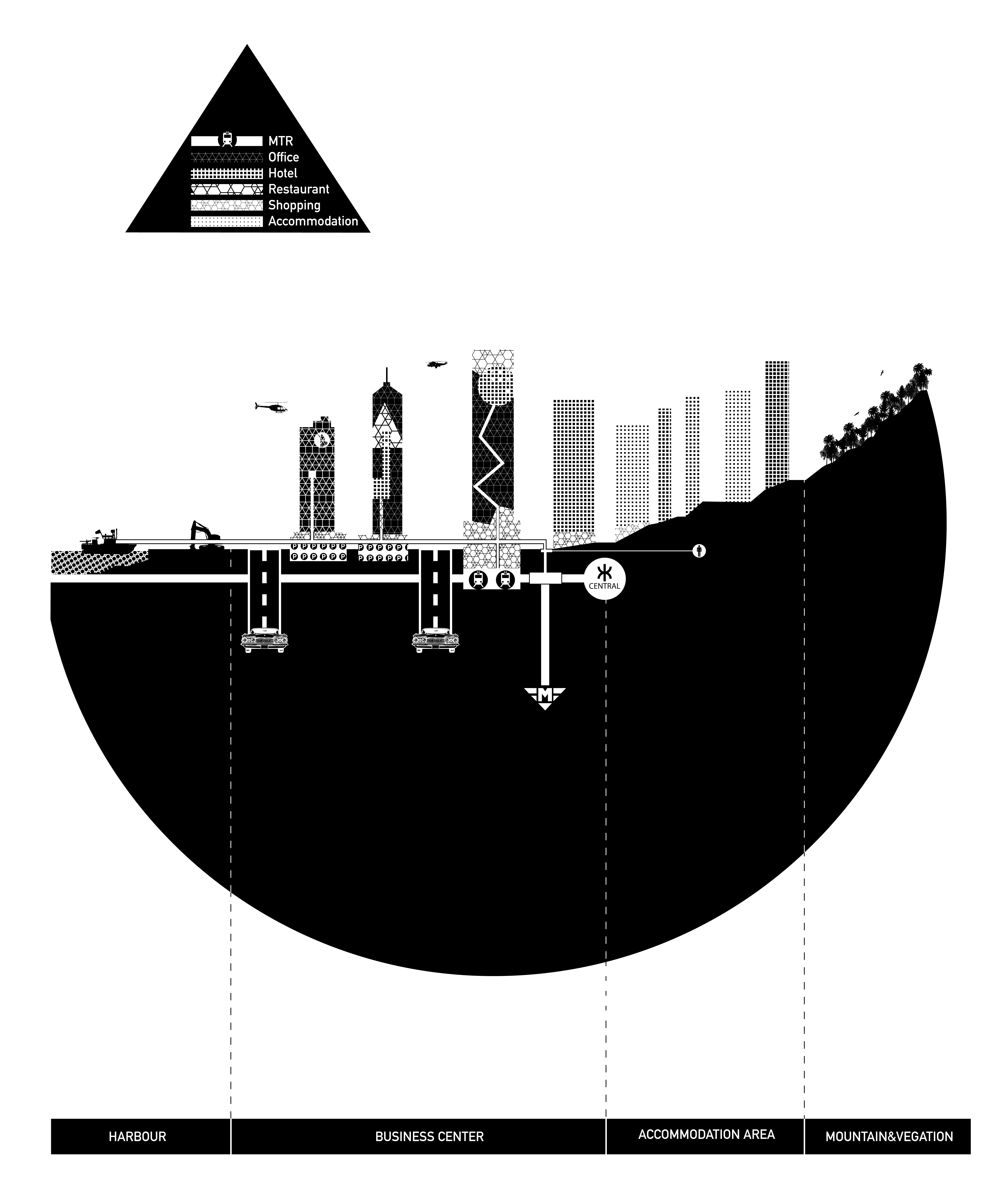
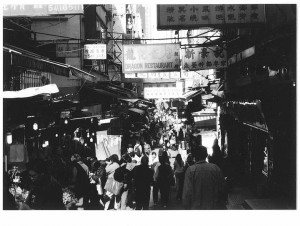

![Dekra lance son blog automobile et fait 30% de réduction sur les contrôles techniques ! [Concours] Capture1](https://urbanattitude.fr/wp-content/themes/urban-attitude/cache/Capture1-153x75.jpg)























